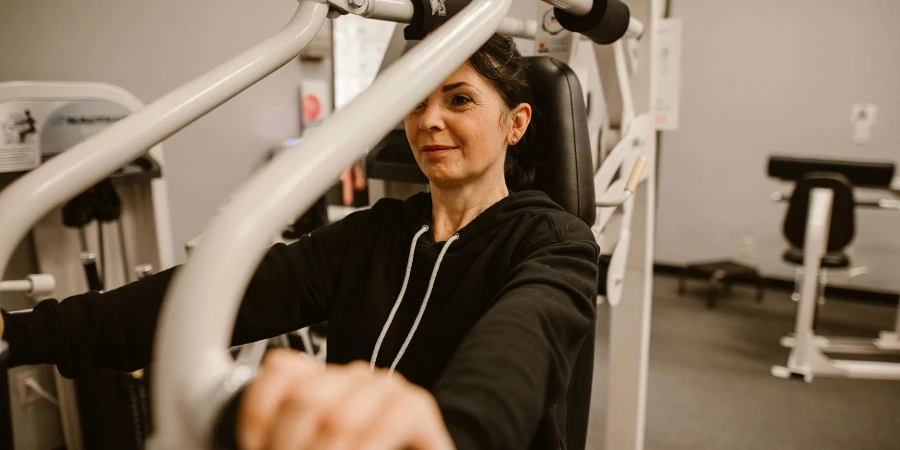A go-to chest workout for strength training, the dumbbell chest press targets the pectorals, shoulders, and triceps while improving posture, stability, and cardiovascular fitness. This exercise is performed lying on a bench using weights. If done properly, it is an excellent addition to any workout routine for boosting upper body strength and muscle definition. This article will teach you about the dumbbell chest press by explaining the technique, benefits, variations, safety guidelines, and how you can incorporate it into your workout regimen for optimal results.
Table of Contents:
– Understanding the dumbbell chest press technique
– Exploring the benefits of dumbbell chest press
– Variations of the dumbbell chest press to enhance your workout
– Essential safety tips for performing dumbbell chest press
– Integrating dumbbell chest press into your workout routine
Understanding the dumbbell chest press technique
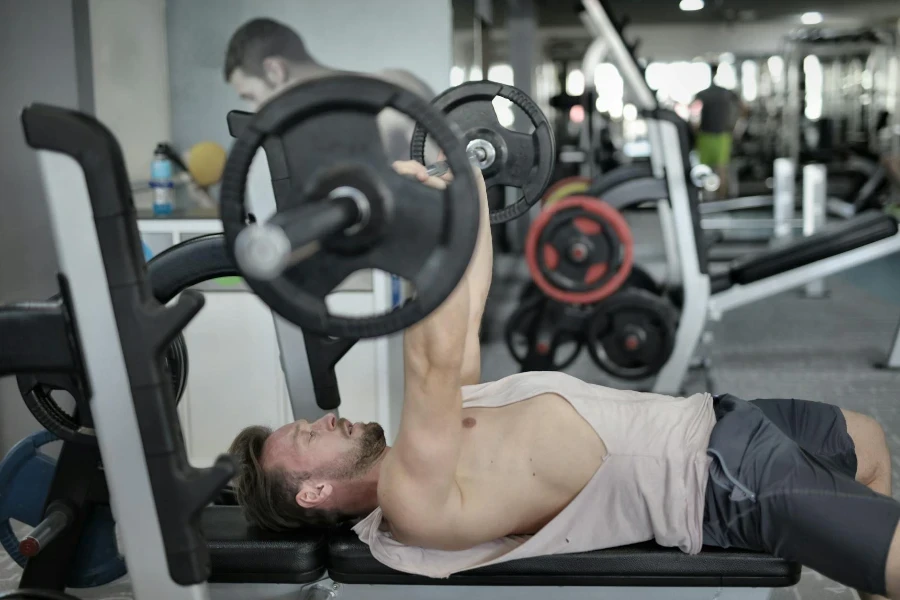
Proper form is vital to any good workout, and the dumbbell chest press is no exception. With a little practise, it isn’t difficult to perform this exercise in a way that is both safe and guarantees the best benefits. Start by picking dumbbells of the right weight for your fitness goals. Then lie down with your back flat on a flat bench and hold the weights against your chest with palms facing forward. Push up until your arms are fully extended. Then slowly lower the weights back down. This should be one continuous movement, done in a slow and controlled fashion, while constantly engaging your chest muscles.
Good breathing is also important; inhale as you go down and exhale as you press. Making sure your feet are flat and your spine is neutral adds stability and support. Getting the technique of the dumbbell chest press right isn’t just a good way to get results, it’s the best way.
Exploring the benefits of dumbbell chest press
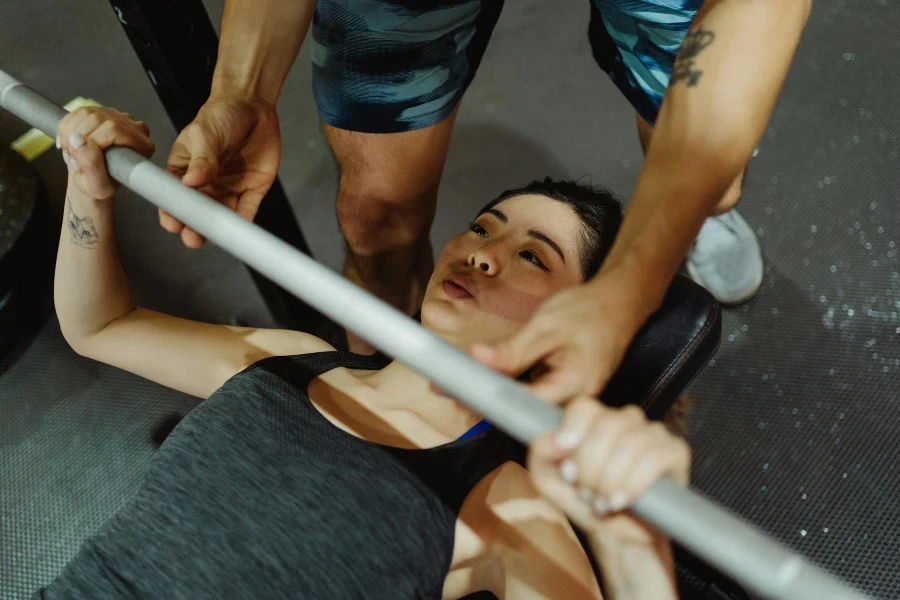
Here are the top three advantages of the dumbbell chest press. Muscle hypertrophy: It makes your chest bigger! Hypertrophy is the increase in the size of skeletal muscles in response to resistance exercise training. Regular training results in an increase in muscle mass and strength of your chest, shoulders and triceps. Joint mobility and stability: Improves mobility of the shoulder joint and makes helping someone lifting a heavy box easier. Athletic performance: You can jump higher! And forward and backward and sideways. Joint stability plays a major role in athletic performance.
An additional benefit is all the exercises can be performed from either side of the body, which is important for rebalancing muscle strength and size and for encouraging symmetrical muscle development and core stability as you need to work to balance yourself during exercises. Try adding the dumbbell chest press to your training and you’ll soon start to feel and look better.
Variations of the dumbbell chest press to enhance your workout
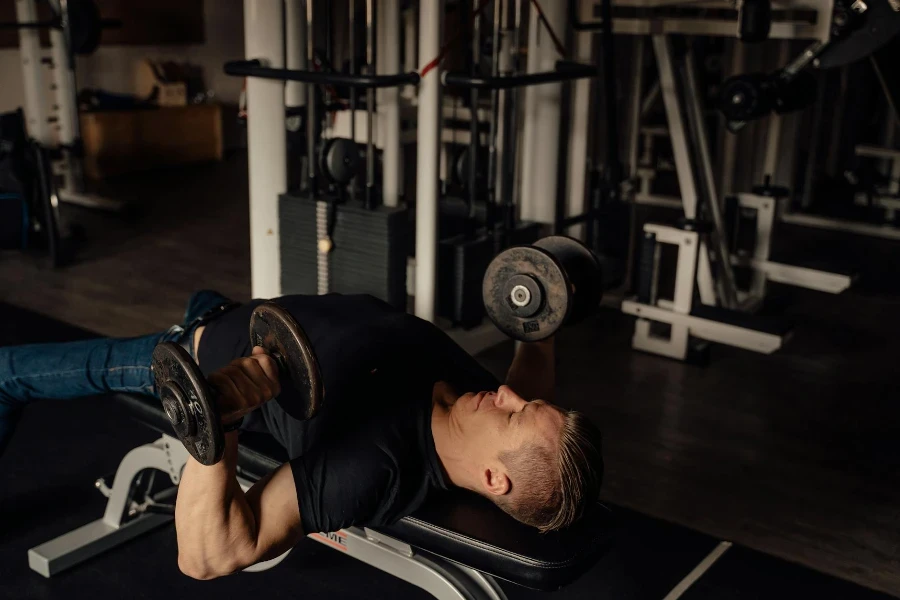
But, if you do not want to stagnate you’re going to need to change up the dumbbell chest press a bit. Perhaps the easiest and most direct way to force additional growth is with the incline dumbbell chest press. The incline forces a slightly different arm motion that better targets the upper chest and the shoulders, so changing the angle of the bench from 0 to 15-30 degrees and keeping the dumbbell press technique identical is a great way to force some growth.
Another variation is the neutral grip dumbbell chest press, in which the palms face each other, which puts a bit more emphasis on the triceps and the inner chest, producing an overall well-rounded and effective upper body workout. Switching up your variations will not only keep your workouts interesting, but it’ll also help to ensure that you’re training your muscles from a variety of angles, which will improve your overall development as muscles are worked from different places to guarantee that they’re built properly and functionally to their fullest potential.
Essential safety tips for performing dumbbell chest press
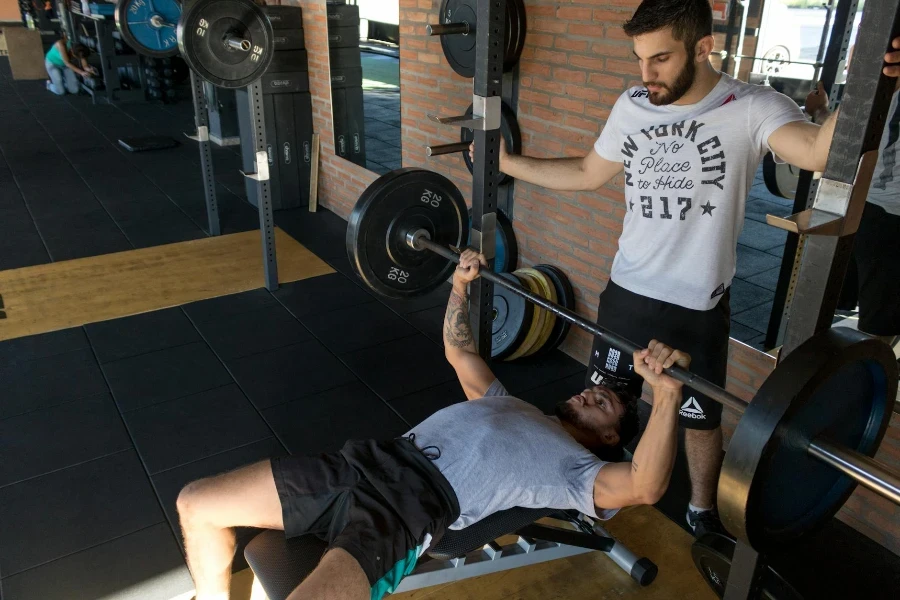
Proper performance of a dumbbell chest press – or any exercise – requires that practice be done safely. Use a weight with which it’s possible to maintain good form throughout the exercise, and increase with practice as strength improves. Once your form is solid, having a spotter around when you attempt higher weights is a good idea; not only does it promote safety, but it also helps build confidence.
Listen to your body: If you feel any pain or discomfort beyond normal muscle fatigue, stop and readjust your form or the weight you’re using. Keep your space clear of obstacles: Any equipment you have needs to be in good repair to prevent accidents and injuries, too. These simple safety precautions should help you enjoy the benefits of this workout and avoid any injury along the way.
Integrating dumbbell chest press into your workout routine
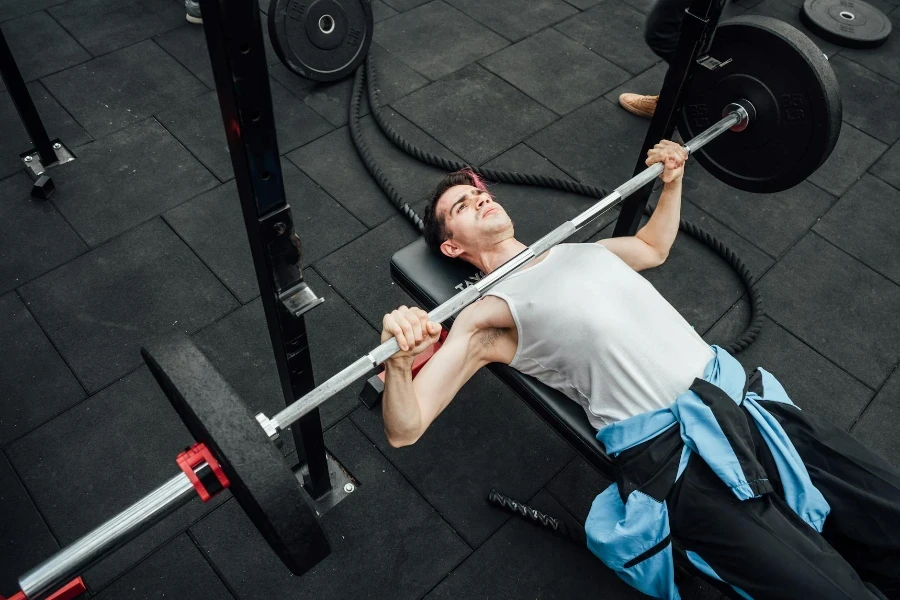
You can perform the dumbbell chest press in several different ways, depending on your goals and current level of strength. If you are looking to add muscle mass, perform three to four sets of six to 12 repetitions with a weight that’s challenging by the last few repetitions. If you want to improve muscular endurance, use lighter weights and a higher repetition range (12-15).
Additionally, it’s key to balance your program, mixing upper body, lower body and core exercises to ensure the development of all muscles. For example bodybuilding routines often combine working the chest with the back in order to keep a proper balance and avoid overtraining. Doing the same exercises day in and day out won’t keep your routine fun and impactful. You should also set the bar higher frequently to increase the challenge.
Conclusion:
If there’s one exercise that stands out in its ability to improve every aspect of upper body strength and aesthetics while costing you as little as possible, the dumbbell chest press would be it. When done properly, with the correct technique, via a complete range of motion, using heavy-enough weights and with proper form, it has the potential to reap many benefits in your quest for strength and physique. So in today’s article, we’ll dive into the dumbbell chest press exercise, explain exactly how to do it, and show you how to make the most of it. In addition, you’ll also get to know its main benefits, its variations and safety tips, and how to incorporate it into your training program at the right time, in the right order for the best results. So, if you’ve never tried this dumbbell chest press exercise, are not confident with your form or are just looking for new ways to vary your training, feel free to read on.
